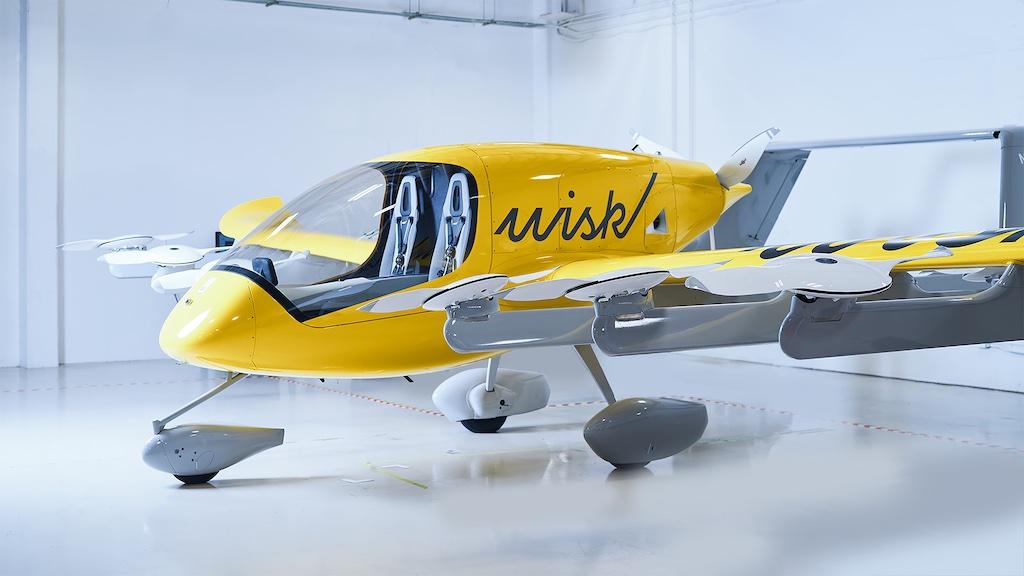
Electric vertical take-off and landing (eVTOL) aircraft promise a new and exciting era in both the urban air mobility (UAM) and broader advanced air mobility (AAM) markets. However, their future is uncertain following a recent FAA decision. As of May 10, the FAA reclassified eVTOL, which had been categorized primarily as a small airplane type, under the “powered-lift” category. Subsequently, eVTOL aircraft developers are concerned about the ramifications when it comes to the commercial introduction and timeline for these vehicles.
Under the original classification, an eVTOL aircraft was subject to Part 23 certification rules. While the FAA maintains that the “process for certifying the aircraft themselves remains unchanged,” the reversal from small airplane to powered-lift will inevitably cause issues with how the vehicles are developed and operated.
Why Make This Change?
For many in the aviation industry, the change in classification to powered lift came as a surprise because powered-lift aircraft do not currently exist in civil aviation. Powered-lift aircraft have had military uses, most notably the Bell Boeing V-22 tiltrotor, commonly known as the Osprey. Now that eVTOL is subject to a different certification process than other small aircraft, the FAA has stated the VTOL aircraft will certify as a temporary “special class” under FAR 21.17(b). However, they may still use the performance-based airworthiness standards included in Part 23’s requirements.
There is speculation that the change was a result of the audit initiated in March by the U.S. Department of Transportation. The FAA has justified its change based on several factors, including the creation of a “long-term” plan to develop operation and pilot training regulations.
The Consequences of Reclassifying
A significant industry-wide concern resulting from the change is the potential for certification delays. These delays could disrupt various layers of development, distribution and operation. Many eVTOL developers have promised fixed timelines for investors and clients to achieve certification and use their products commercially. A pushed-back certification date would lead to delayed commercial use and ultimately affect projected revenue and profits. Moreover, uncertainty in the certification process might push future investors toward other AAM and UAM ventures. If eVTOL proves challenging to navigate and implement, this could affect future investment in this new part of the aviation industry.
Currently, the FAA has no clear timeline or direction on when it will finalize a permanent certification process for eVTOL.
How and when eVTOL will achieve commercial certification remains uncertain. Under their original classification as a small aircraft, eVTOL aircraft could receive Part 135 operating certification for commercial use. Under the FAA’s new approach, it is unclear if eVTOL aircraft that certify under 21.17(b) can obtain Part 135 commercial certification. Part 135 states that airplanes and helicopters can qualify for this certification. How is this going to be applied to powered-lift aircraft? It is unclear to both the public and, evidently, the FAA.
Some advice on how to resolve this issue lies with the International Civil Aviation Organization (ICAO). Under ICAO guidance, tiltrotors can achieve certification by replacing the word “tiltrotor” everywhere the terms “airplane” or “helicopter” appear within the Part 135 language. This guidance provides a simple workaround for non-airplane or non-helicopter aircraft to achieve commercial Part 135 certification.
The uncertain future of eVTOL within Part 135 commercial certification could also influence pilot availability. Since reclassifying eVTOL to powered-lift, the FAA has commented on compulsory training to certify pilots. “The FAA’s [Part 23 certification] regulations were designed for traditional airplanes and helicopters. These regulations did not anticipate the need to train pilots to operate powered-lift, which take off in helicopter mode, transition into airplane mode for flying, and then transition back to helicopter mode for landing,” the agency states. This process requires new training and certification standards for pilots, which create barriers to achieving these certifications.
ICAO has also addressed this situation by allowing a type rating for a specific powered-lift aircraft to be added to an existing airplane or helicopter airman certificates.
Lastly, another setback in reclassifying eVTOL to powered lift is related to certification via 21.17(b) and the potential difficulty with achieving international recognition and acceptance. Since 21.17(b) lacks international commonality, there are concerns that achieving airworthiness may not be accepted by the global community. However, this is not an absolute deal-breaker. An industry expert working in this space believes the process for other countries to agree to recognize the FAA certification will likely take a little longer, but there is still a path to validation in other countries.
The aviation industry was quick to react to the news of the reclassification. The new challenges are hurdles, not roadblocks. eVTOL transportation has the potential to develop into a billion-dollar industry. If the FAA desires to maintain its global leadership in the realm of new technology and clean energy, it must explore and implement viable solutions to eVTOL certification and classification processes.





